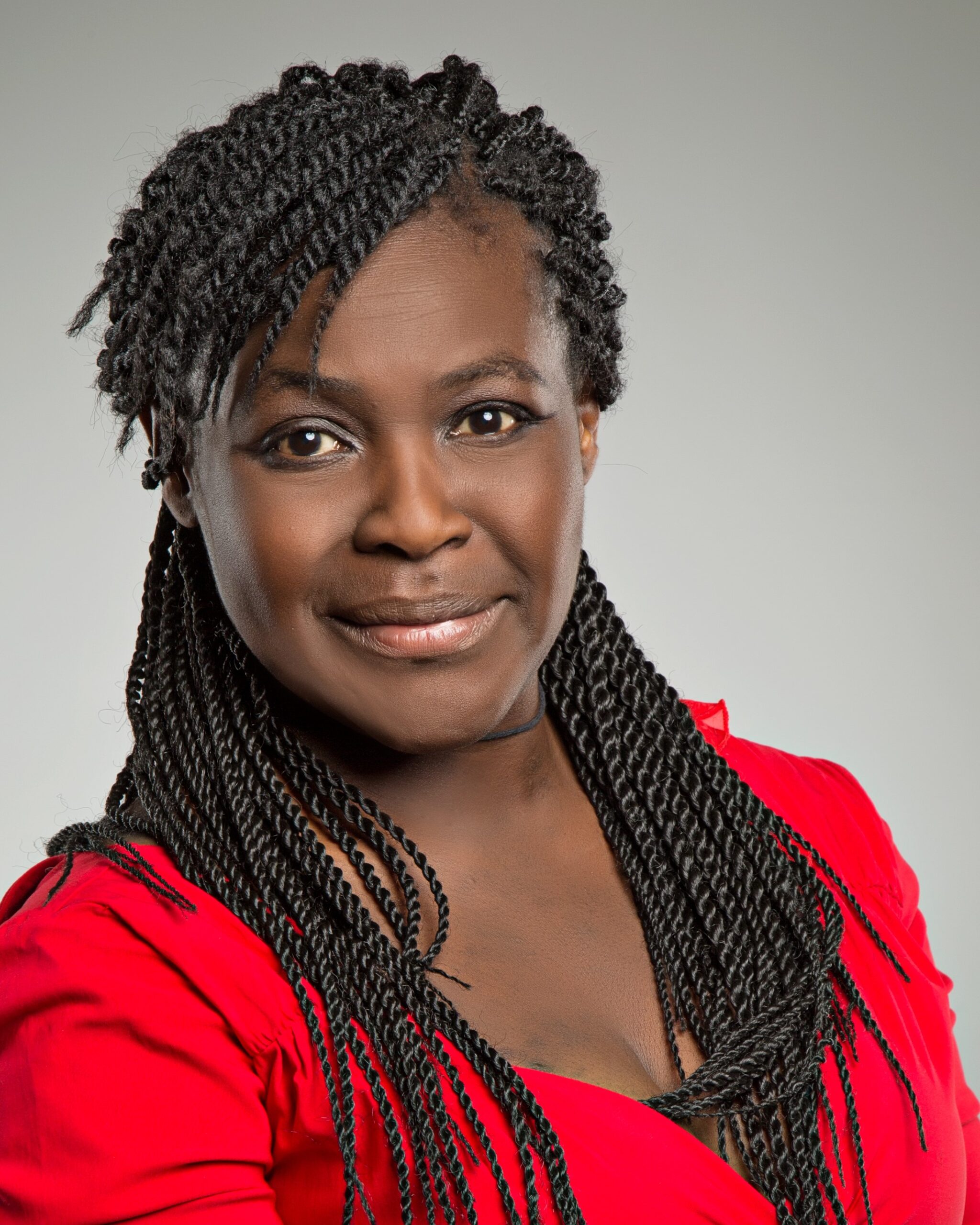My first awareness of the night sky was via the Moon. Even as a toddler I was fascinated by our lunar companion, and growing up in London it was one of the few things that could be seen through the glare of streetlights.
As I grew up I heard about the Moon landings, and then everything seemed possible.
At this stage the idea of getting into space was mainly to meet my favourite TV characters, the Clangers.
For stargazing advice, read our guides on astronomy for beginners and how to stargaze.
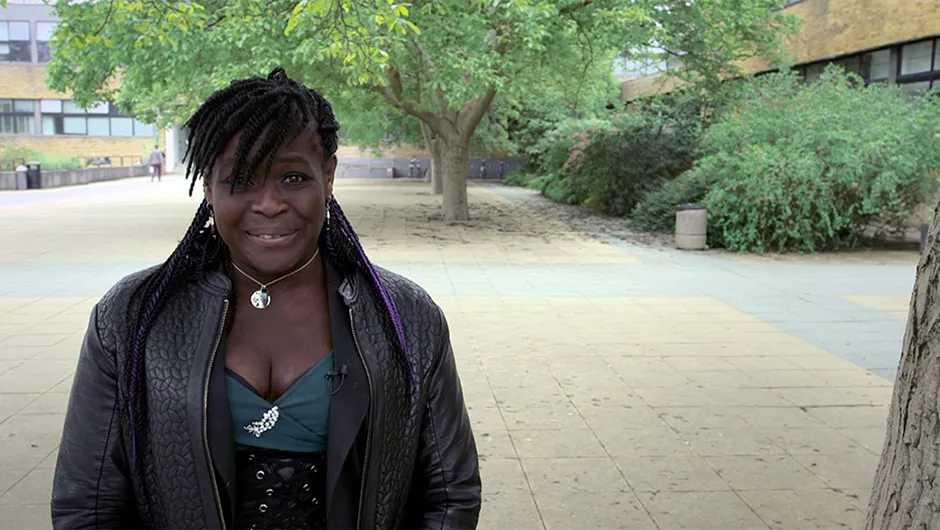
As I grew older the desire to get into space grew through reading science-fiction stories and watching programmes such as Star Trek.
Viewing the stars did not seem to be enough, but visiting them was highly desirable.
My opinion changed when I started to watch The Sky at Night. My parents had noticed my interest in things ‘out there’, so I got special permission to stay up late and watch it.
Suddenly there was more to see than just the Moon. With Patrick Moore’s guidance I was able to spot constellations and planets.
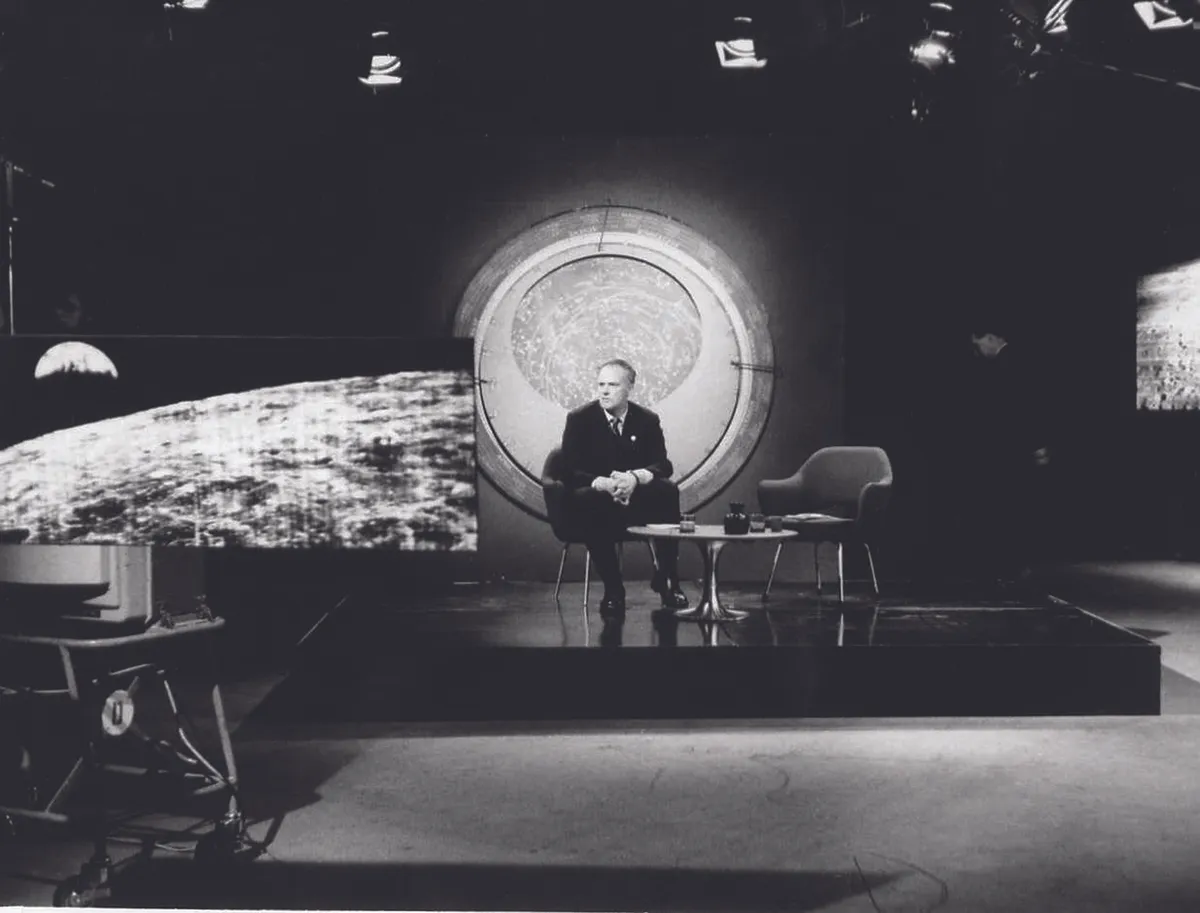
I was hearing about missions investigating the Solar System and telescopes helping us to understand the Universe.
I was hooked and wanted to know more. I started searching out books on astronomy and began thinking about the next step, my own telescope.
But this was going to be a tall order. I would scan magazines looking at the systems available, but sadly beyond my teenage budget.
I decided to start somewhere and bought a cheap plastic refractor, but was very disappointed with the results.
Becoming a space engineer
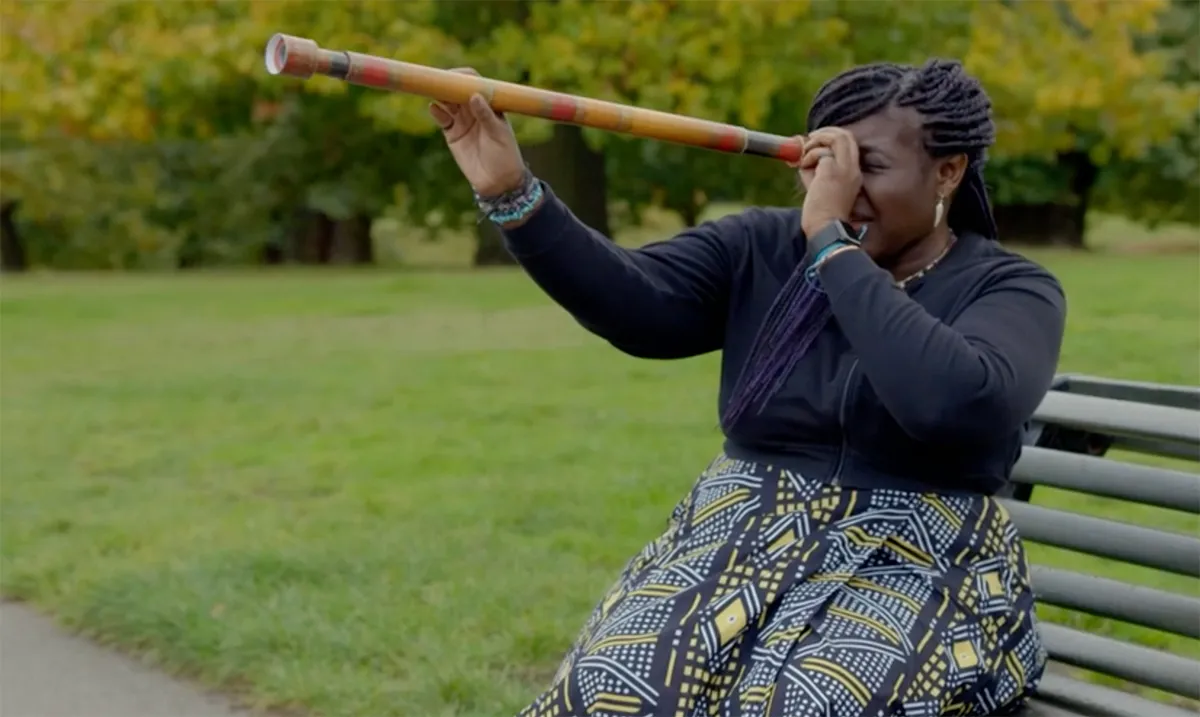
I thought that my observations would be limited, until I was a bit older when I discovered a telescope-making class at a local school.
I was stunned: was it possible to make a quality telescope?
I joined the class and found that I was the youngest there at 15, but I was with like-minded people.
I started to make a 6-inch Cassegrain system: quite challenging for a novice.
Some of my companions at the class were there for the technical challenge of making the telescope, but for me it was a means of getting closer to the stars.
After the telescope class we would go to an observatory on Hampstead Heath.
- Find out how to make your own telescope.
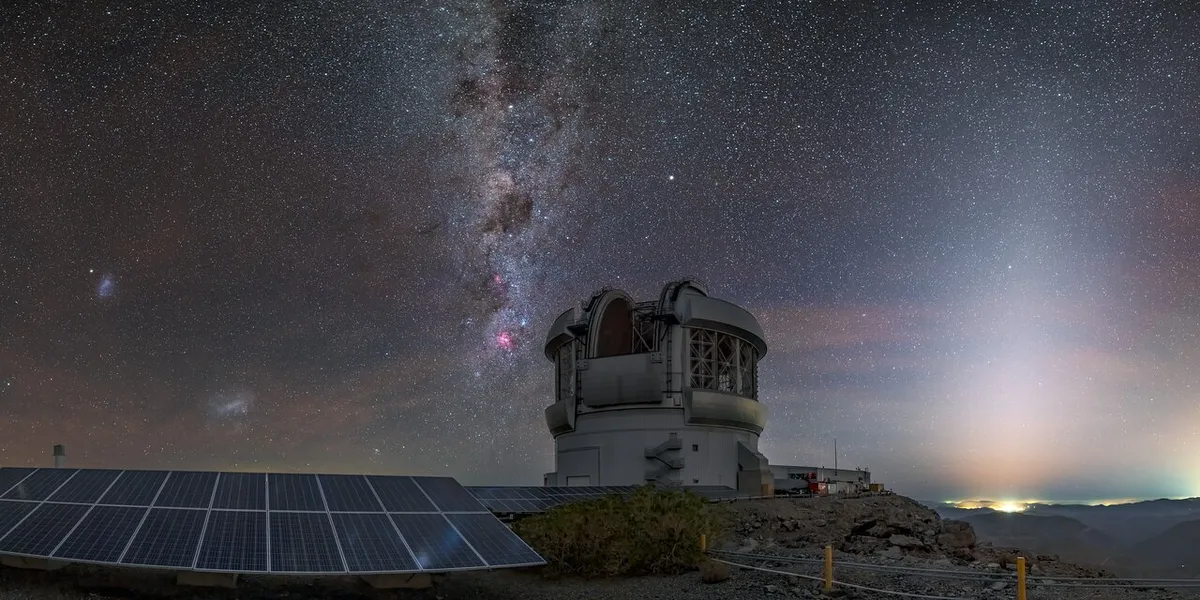
The telescope was developing well and I thought about building a tracking system for it.
I did this as my first year project while studying for my physics degree at Imperial College London.
I got the telescope bug so badly that I started to specialise in optics, going on use it in my PhD.
Finally I got to work on one of the largest telescopes in the world, Gemini South, an 8m triumph of engineering that my team and I built a high-resolution spectrograph for.
It seemed amazing and a dream come true after working on my own small system.
This project led on to a career in space, working on telescope instruments, including one for the James Webb Space Telescope.
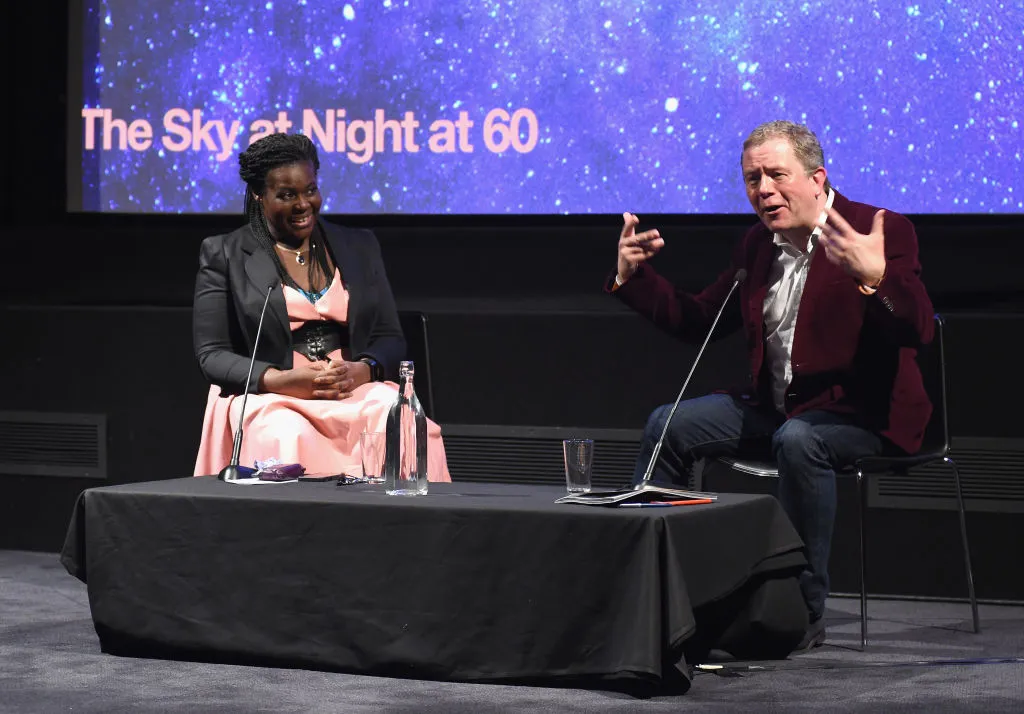
Becoming a member of The Sky at Night team felt like coming full circle.
In the few years previous, much of my time had been spent sharing the wonders of the night sky with a range of audiences.
Co-presenting The Sky at Night felt like the ultimate way of continuing to do this.
This article originally appeared in the March 2014 issue of BBC Sky at Night Magazine.
